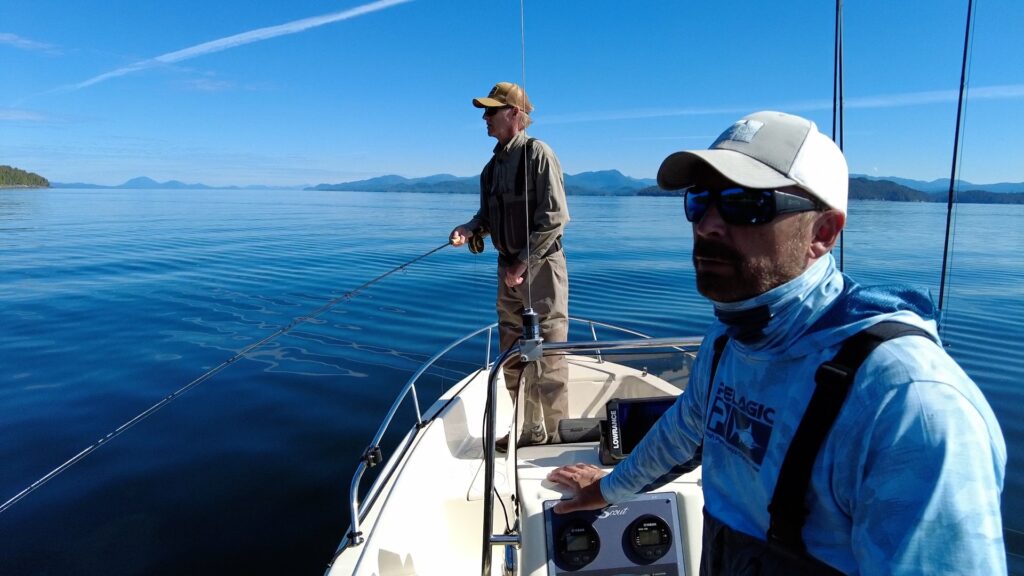Destination Reports, Expert Advice, General
Pursuing Coho in the Open Ocean
When most anglers think of pursuing coho in the ocean with a fly they think of beach fishing along some of our many miles of coastal beaches in BC. This feature will cover coho fishing in the open ocean where coho are still aggressively feeding on natural food sources like herring, needlefish and squid. Pursuing coho along the beaches is a lot of fun but equally as exciting is going after coho in the open ocean where they will take an actual baitfish imitation and not just small attractor patterns.
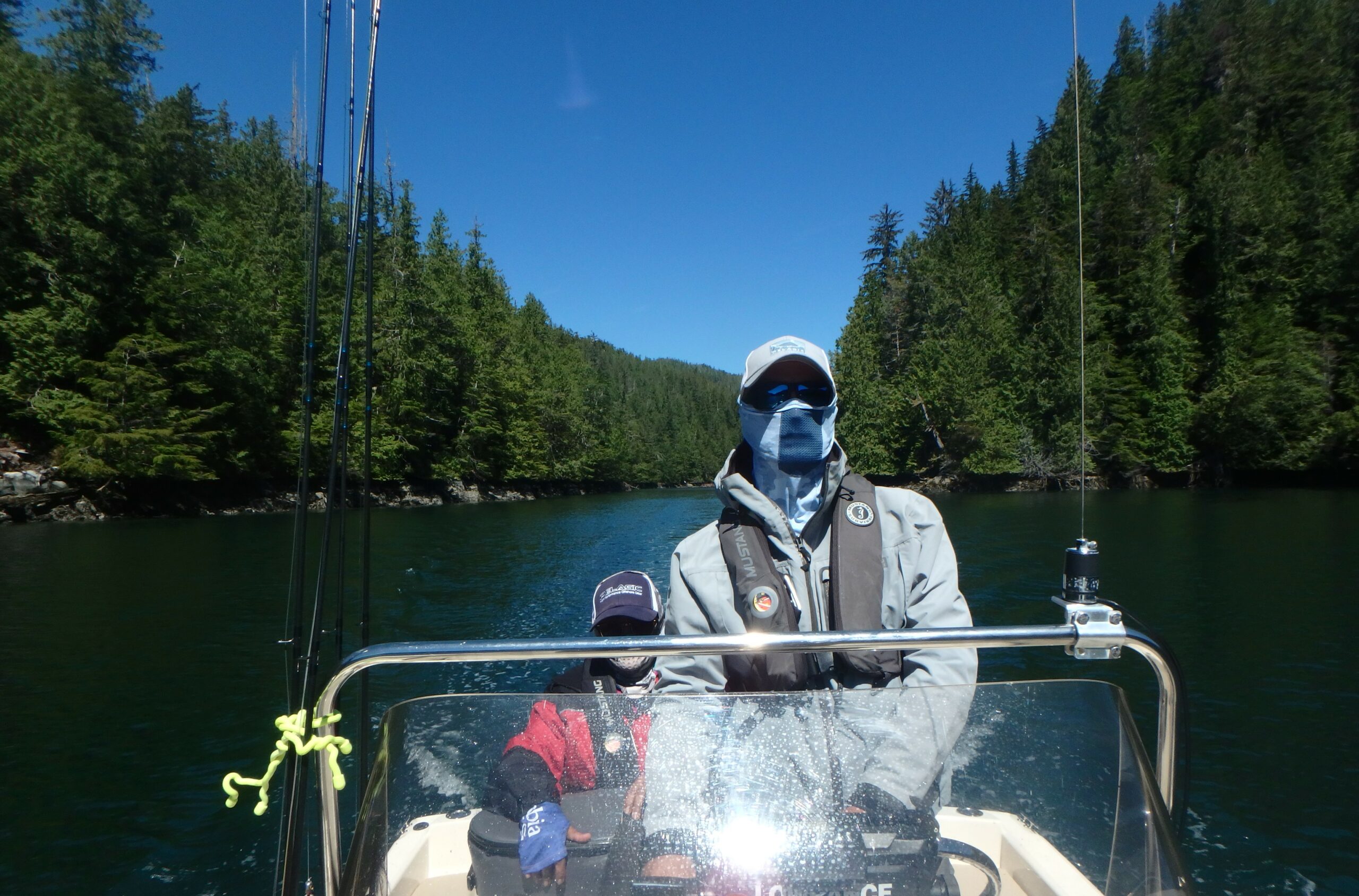
Adapting to the Depths
When I first pursued coho in the open ocean it turned out to be a challenge as I really didn’t know what to expect from this fishery. In the past I was accustomed to targeting coho in a few feet of water as they staged in estuaries but in the open ocean you need to have the ability to locate coho in depths of over a hundred feet. With modern day fast sinking fly lines, it is possible to cover coho in these deeper depths.
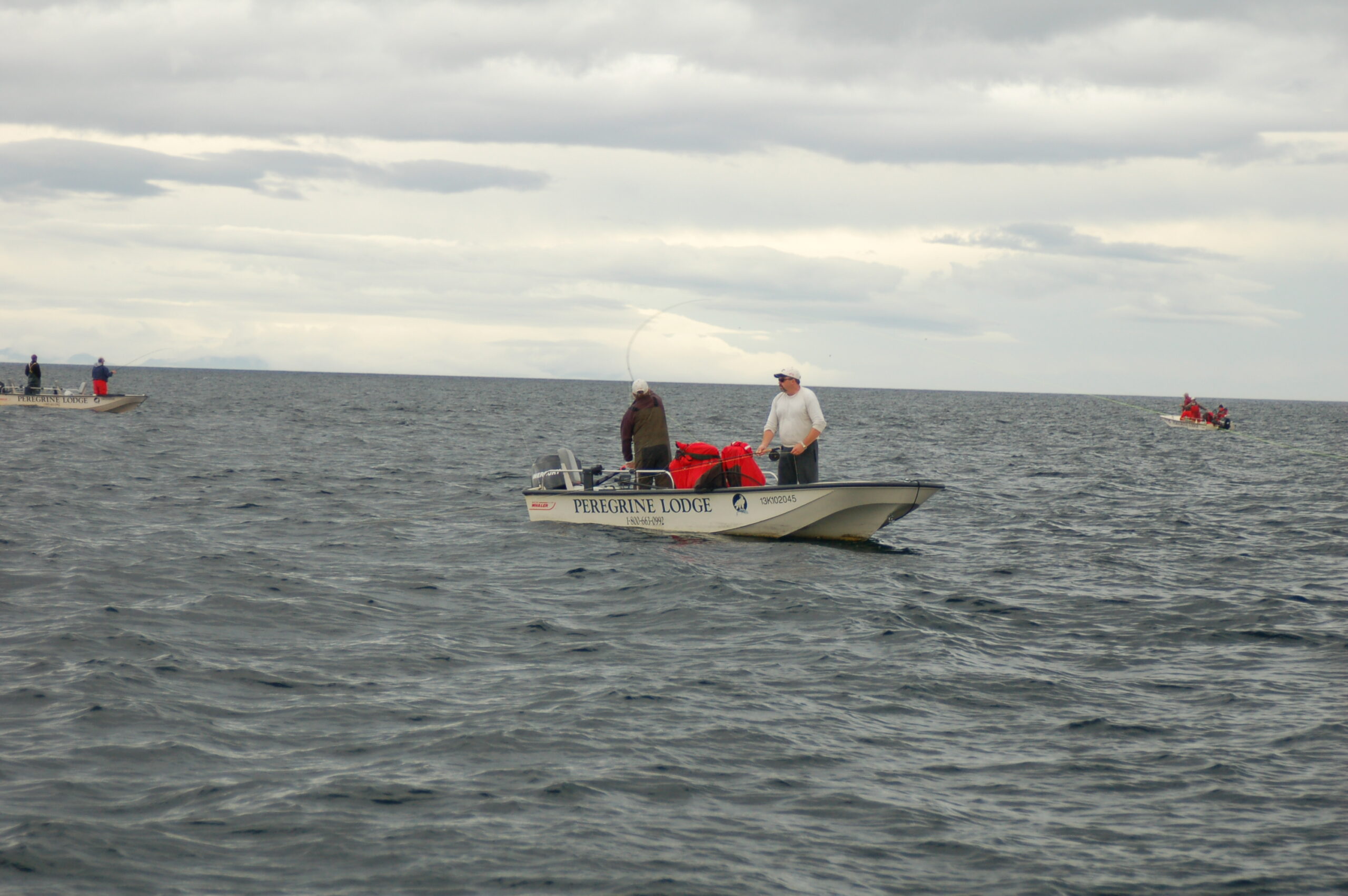
Locating Coho in the Open Ccean
When pursuing coho in the open ocean the challenge isn’t getting them to strike, its more finding them in such a vast volume of water. In the summer months coho can be found in good numbers off Vancouver Island and throughout Haida Gwaii and Rivers Inlet. The coho we like to target first are the ones gorging on herring and needlefish off kelp beds and seaweed shoals. Towards the end of summer, coho start migrating towards their birth rivers in preparation for spawning. The odds on finding coho swimming around in the open ocean would be like finding a needle in a haystack if it wasn’t for a few helpful signs. An obvious sign that coho are in the area is seeing them jumping or breaking the surface. When coho dial in on bait balls the helpless prey can easily be seen exploding on the surface as they try to escape from the aggressive coho. This feeding frenzy is even noticeable from a distance as diving birds and gulls get in on the action from an aerial assault.
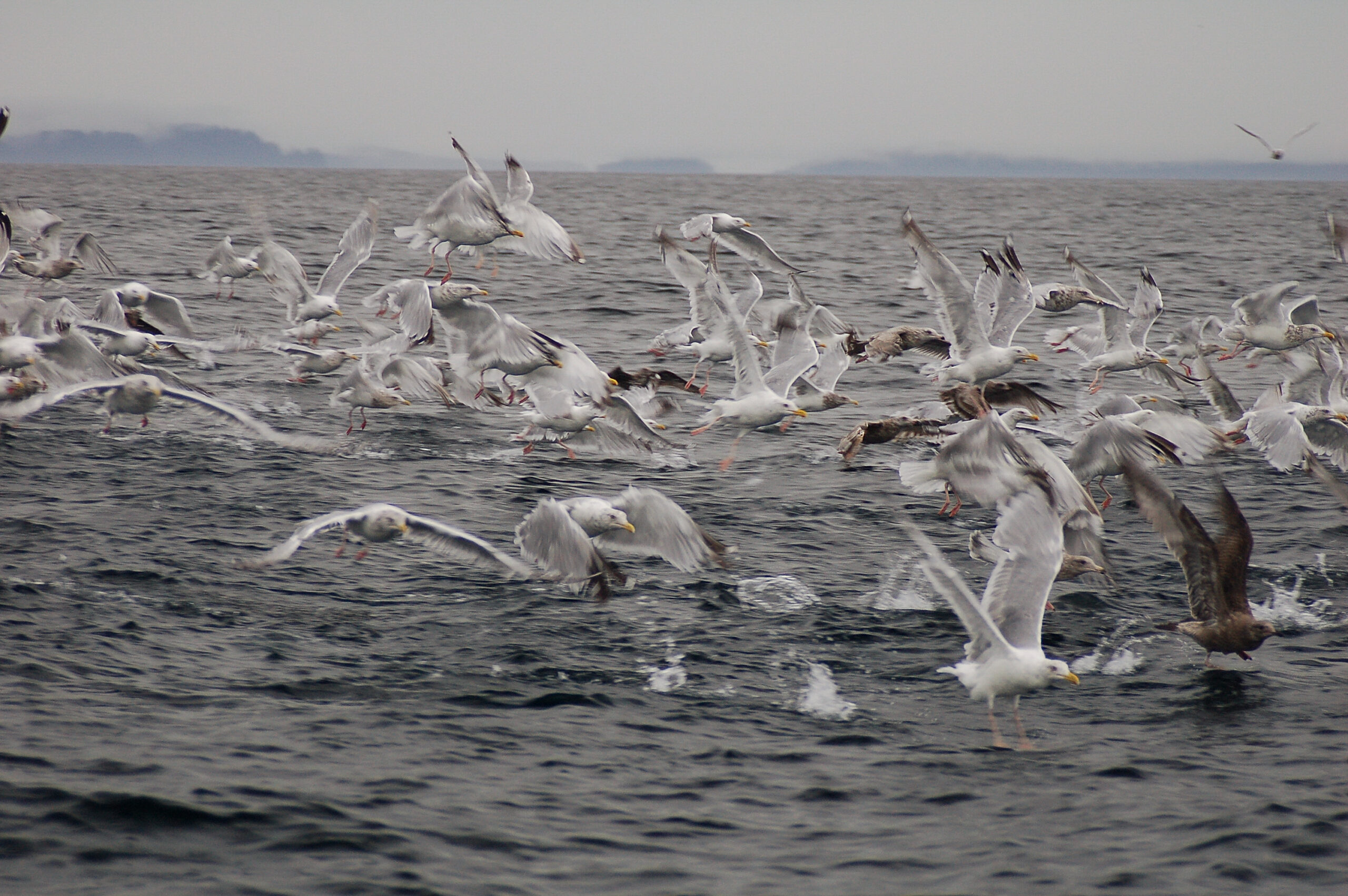
Key Areas to Target
The most common areas to search for coho is around kelp beds and eel grass as juvenile herring and other bait fish use these areas to seek shelter. When searching for coho around kelp beds always look for jumpers as one jumping fish often reveals a lot more below the surface. While fishing along the outside edge of kelp beds it is not uncommon to encounter bottom fish as they too push bait to the surface.
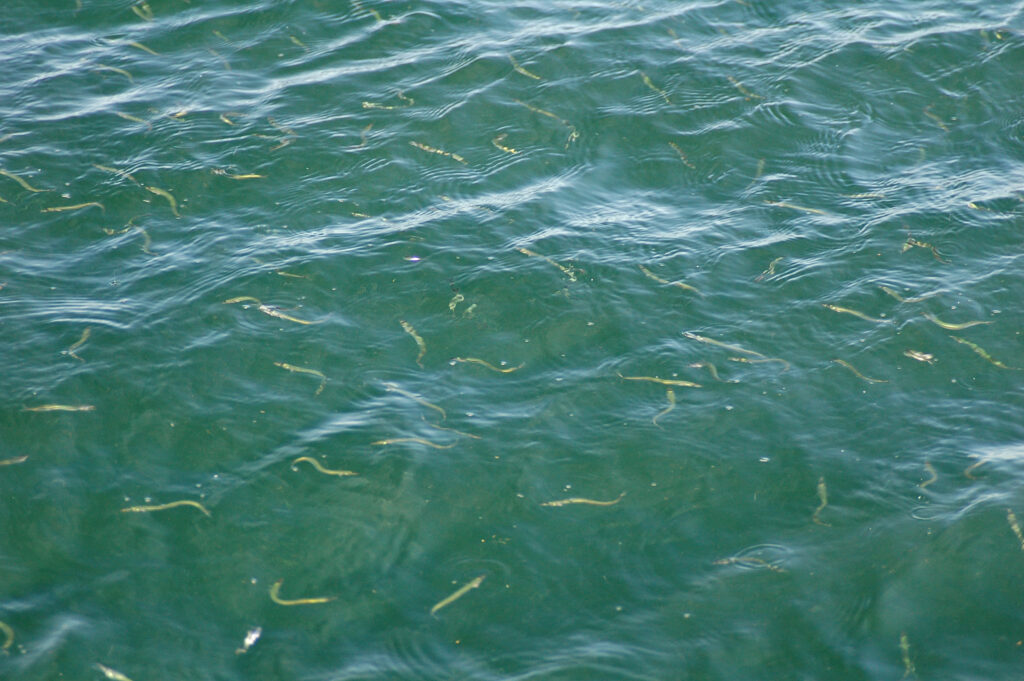
Navigating Tides
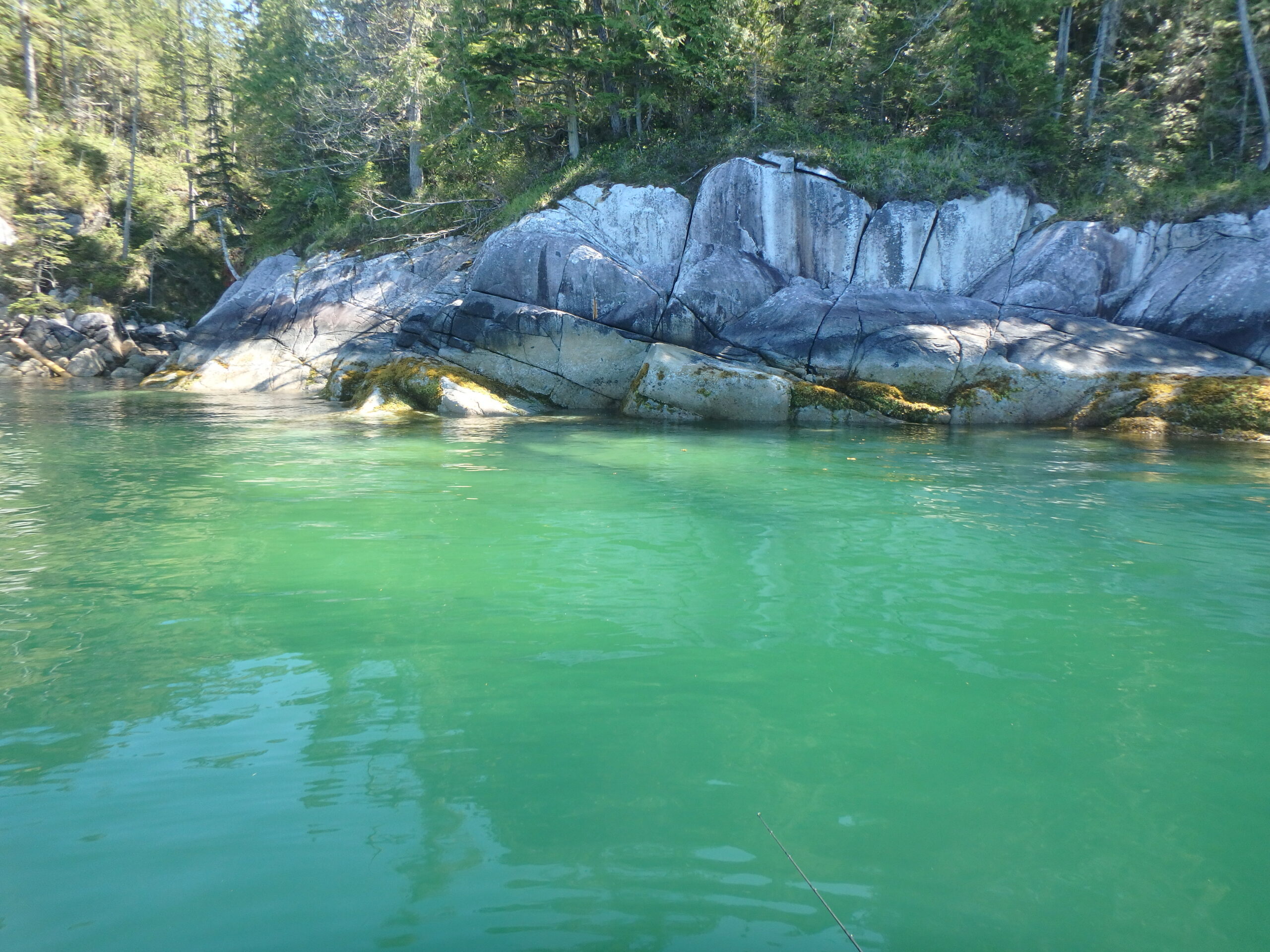

Gearing up for Coho
When fly-fishing for coho in the open ocean, gear from as light as eight weight to as heavy as ten weight can be successfully utilized. My personal preference is eight weight gear as the rod is strong enough to land coho to fifteen pounds but won’t wear my arm out when casting all day. Any gear lighter than eight weight makes it difficult to cast on windy days and is harder on the fish as the battle tends to take too long.
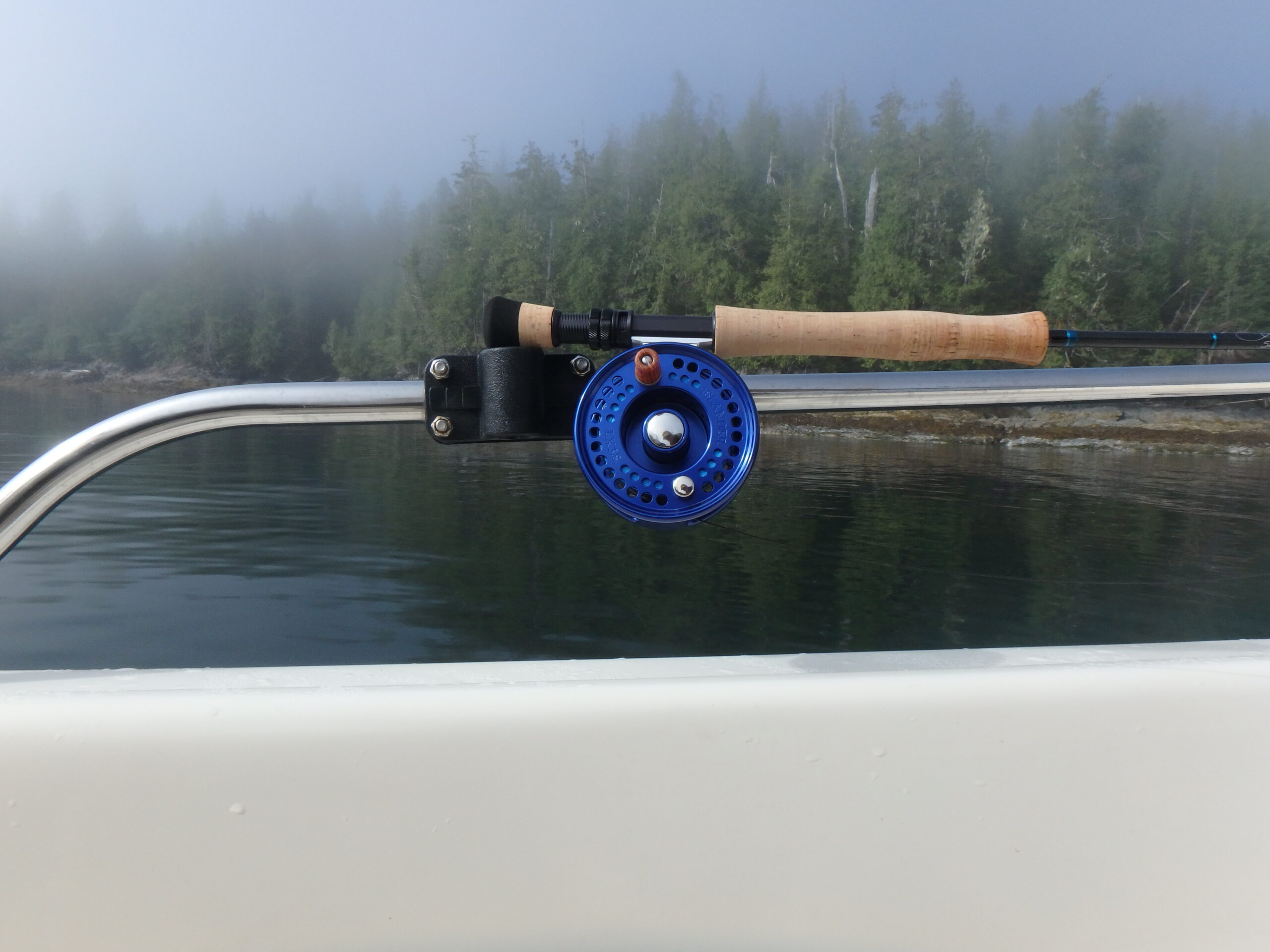
Selecting Reels for Coho
When it comes to selecting the perfect reel, it must be anodized with an excellent drag system. If it is not anodized the salt water will destroy it in only a few outings. When using an eight weight rod my reel of choice is an Islander LX 3.8 as it has a large arbor which is essential when trying to get the line off the deck in a hurry. The LX 3.8 also holds 200 yards of backing for when that real big coho latches on. When a large coho is hooked it’s amazing how fast the line is stripped off the reel before the fish is slowed and brought under control. When using nine or ten weight rods I use a LX4.0 as they are better balanced for the heavier rods and can also hold a lot of backing even with the thicker lines.

Choosing Leaders
When it comes to leader selection, I find it is not too complex for this fishery as the
feeding coho are not usually leader shy. My personal leader preference for open ocean coho is a nine-foot tapered leader with a 12 to 15 lb tippet. I use Maxima Ultra Green when I build my own tapered leaders or use Rio pre-made leaders when I don’t have time to build my own. The best piece of advice I could give when fishing in windy conditions with heavy flies is to check the leader on a regular basis. The last thing you want is to break off a fish on the strike due to a knot or fray in your leader.

Fly Line Fundamentals: From Surface to Deep Water
In my opinion, fly lines are the most important part of the equation as they present your offering to the fish. If the line cannot cover the depths needed to reach the fish, then it does not really matter what fly you are using. As coho can be found from the surface to over a hundred feet deep, a variety of lines are required to cover this fishery efficiently. Starting with the surface, a good weight forward full floating line should always be on board. This line can be used when using poppers or other surface flies. A floating line can also be used with weighted flies when fishing in and around kelp beds. From there intermediate clear or clear-tip lines are also important when fishing in and around kelp beds where fast sinking wet lines would sink too fast and get hung up. They also make for great target shooting lines when coho can be seen fining on the surface as they pick up crippled herring.
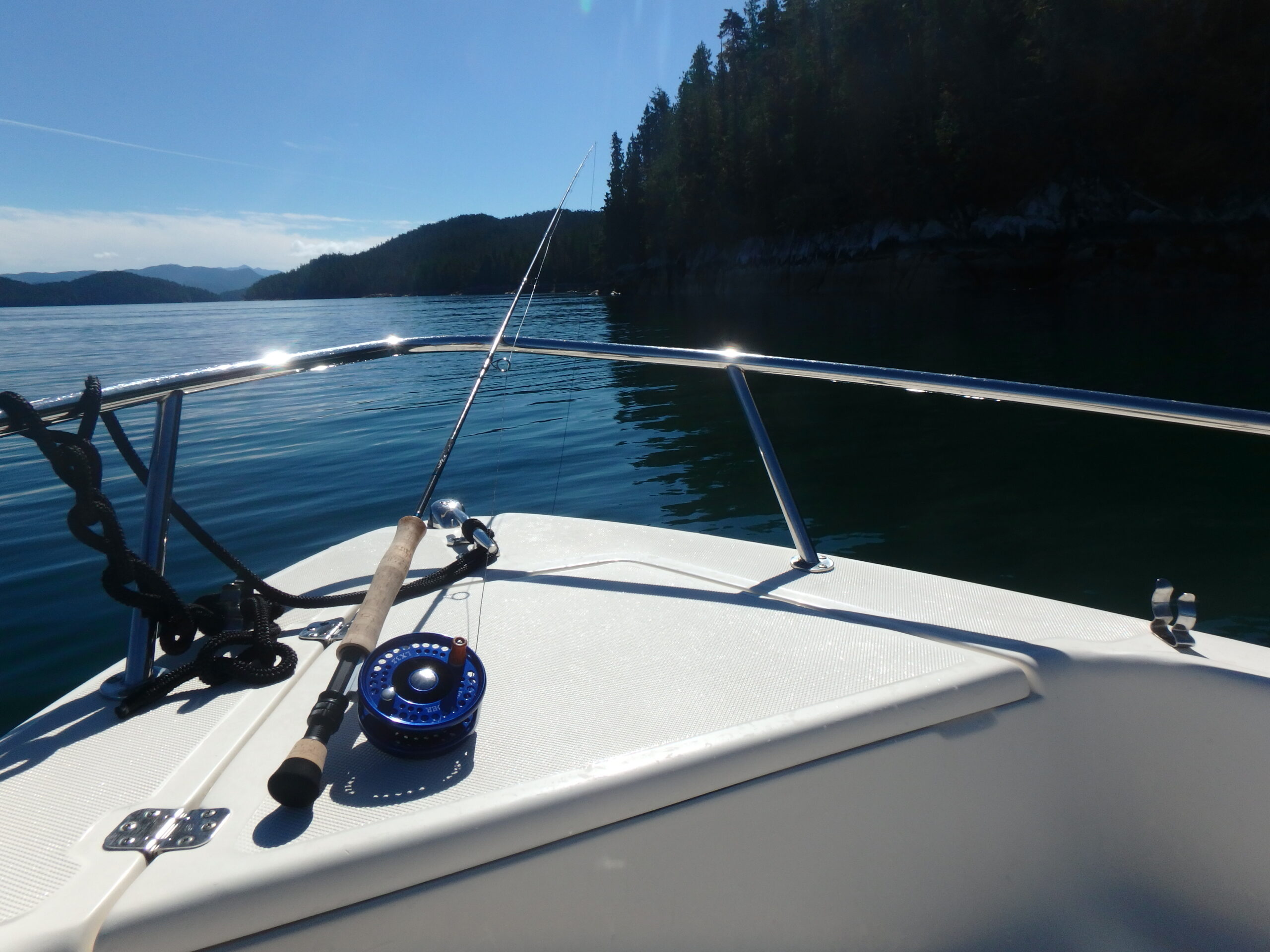
Strategic Use of Sink-Tip Lines

Tackling Deep Waters
Casting at coho around kelp beds and tide lines is relatively easy but what do we do when the fish are showing on the sounder at a hundred feet. Fortunately, the fast-sinking lines on the market today allow us to get our offering down to the fish regardless of the depth. Type 6 and 7 full sinking lines are designed to get down to fish when they are holding in deep water but can also be used when fishing closer to the surface simply by retrieving shortly after casting.

Mastering the Stack
The easiest and most productive way to fish these lines when covering the depths straight down is to stack the line. You do this by simply stripping out all the line in the boat and then stacking it on the surface in a zig zag fashion. If you are using a type 6 sinking line, it will take a few minutes for the line to end up straight down. Once the line is straight up and down then you can start your retrieve which makes your fly look like as if it is racing towards the surface. When a coho picks it up your rod will just bow right over, and the battle is on. Stacking the line is not necessarily the most exciting way to fish but it is highly productive when fish are holding down deep.
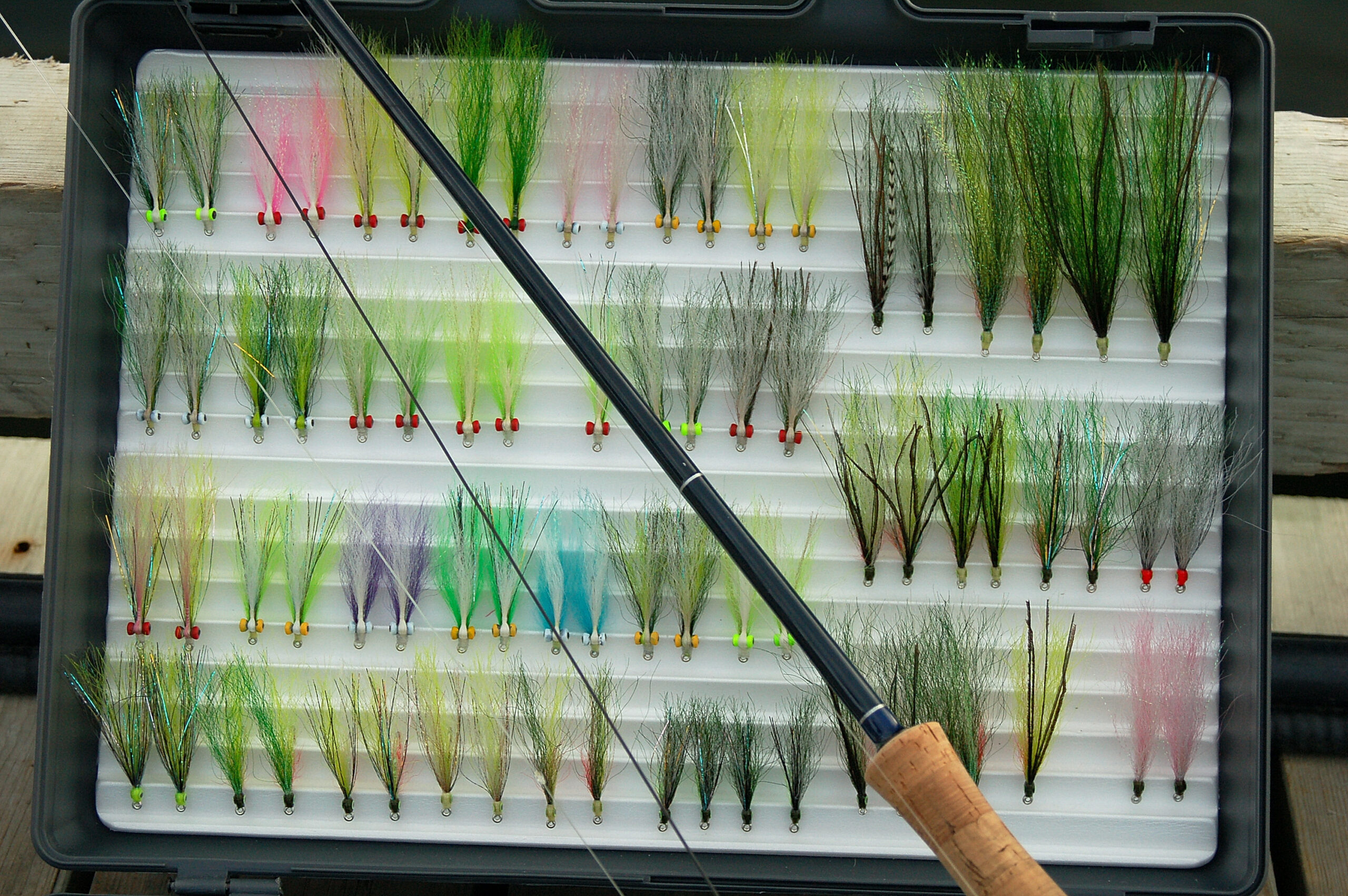
Flies for Targeting Open Ccean Coho
In the open ocean coho are always searching for food and quickly learn how to track down the most available food source on any given day. There are a variety of food options available for salmon in the ocean with the two most common being herring and needlefish. Both these bait fish are easy to imitate but having the opportunity to present a fly to feeding fish can sometimes be a little difficult.
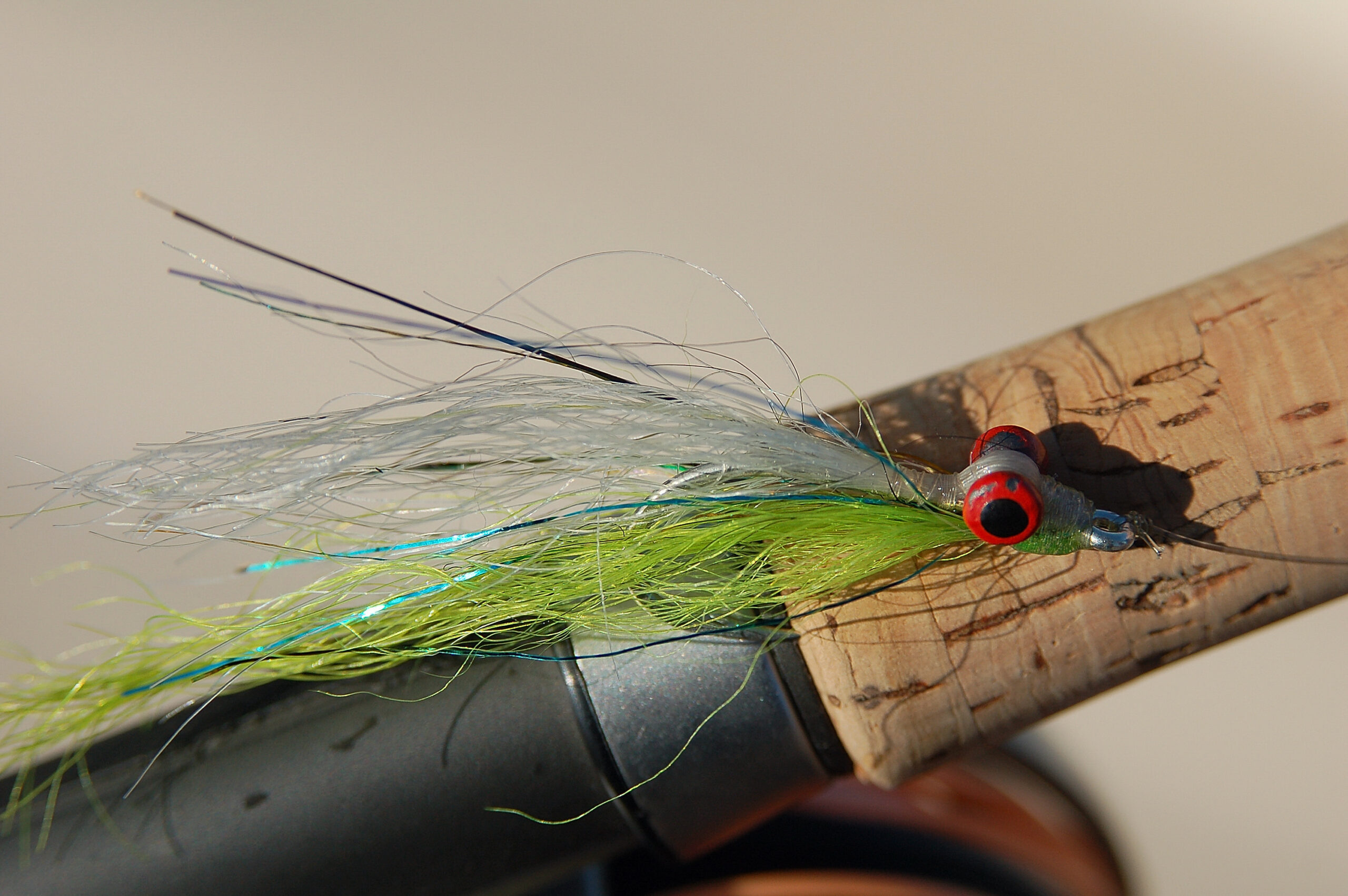
The Clouser’s Edge
Over the years many anglers have told me that the single most productive fly for coho in the ocean is the Clouser. The Clouser is used to entice coho and can be tied in a wide variety of sizes and colors. With lead eyes tied to the bottom of the hook the fly swims upside down allowing for an excellent hook set once a coho does commit.
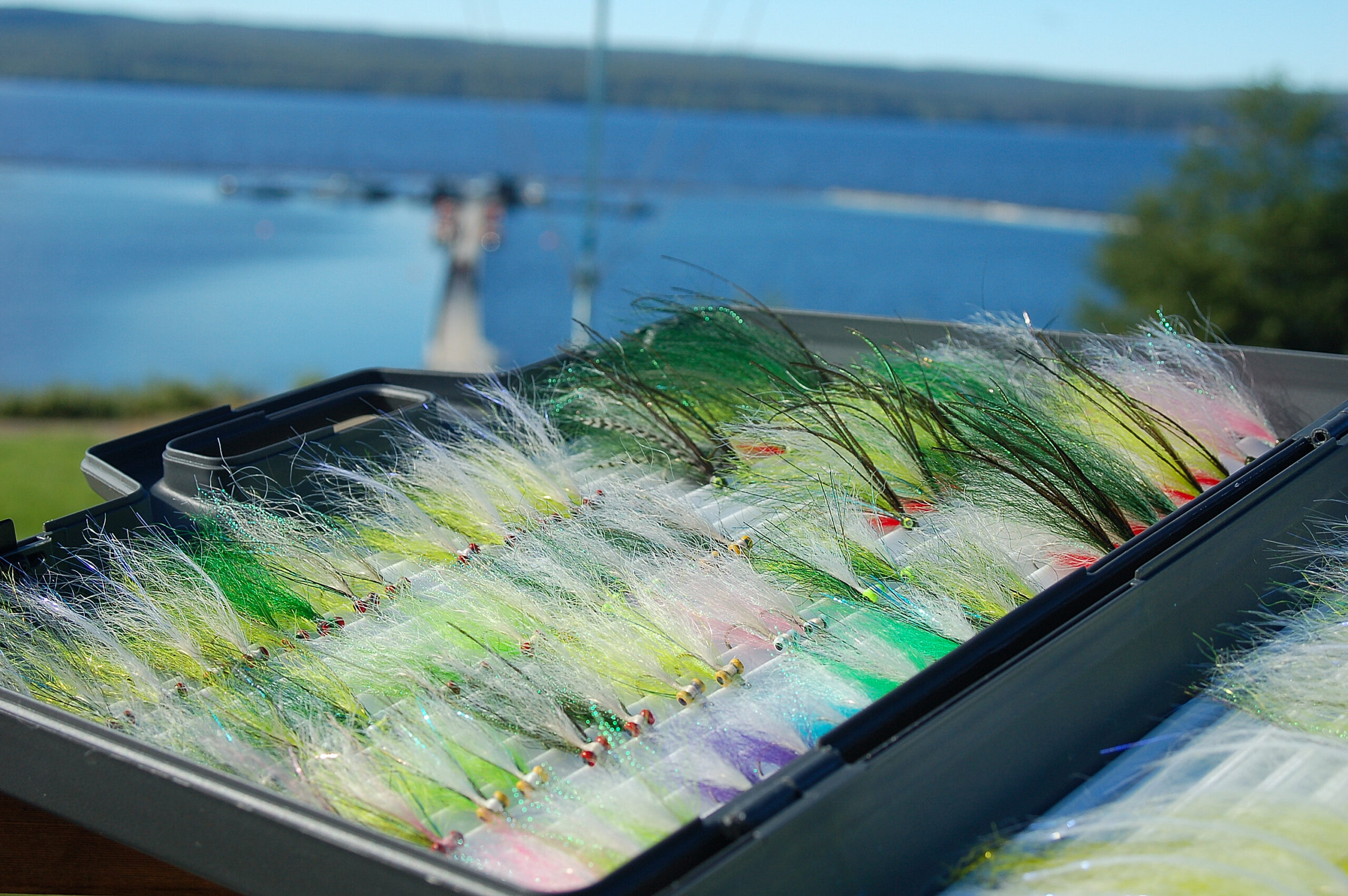
Winning Combinations & Color Tactics
Many color combinations will catch coho, but the most productive flies should be tied in shades of green. One of the best hooks to tie these flies on is a size 1, 2 or 4 Mustad C70S D saltwater hook. The best all-round imitation on the market today is a chartreuse clouser tied with white and chartreuse saltwater Yak hair or Polar bear hair. For added flash a little crystal hair can be added to both sides which creates a lateral line and a bit of shine. When tying this fly, the body is optional, and most flies are tied without one. This fly is productive in chartreuse as that is the color a herring or needlefish turn when distressed from being chased. The clouser is so popular that it is available in any fly shop that carries ocean salmon patterns.
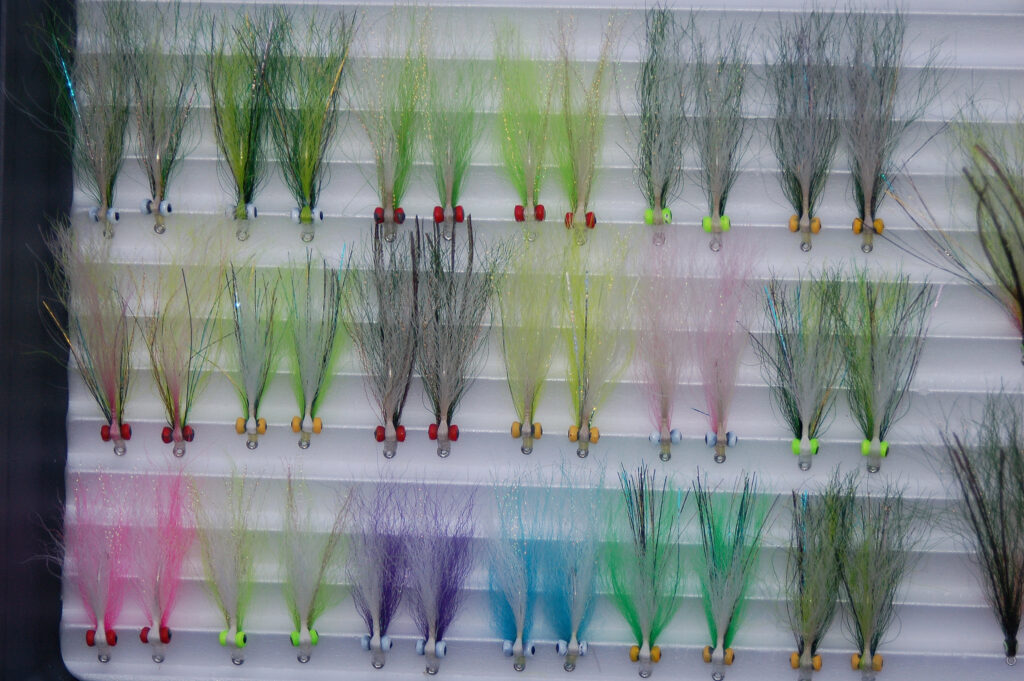
Heavy Flies for Deep Dives: Techniques and Tips

Quick Strips and Persistent Retrieves
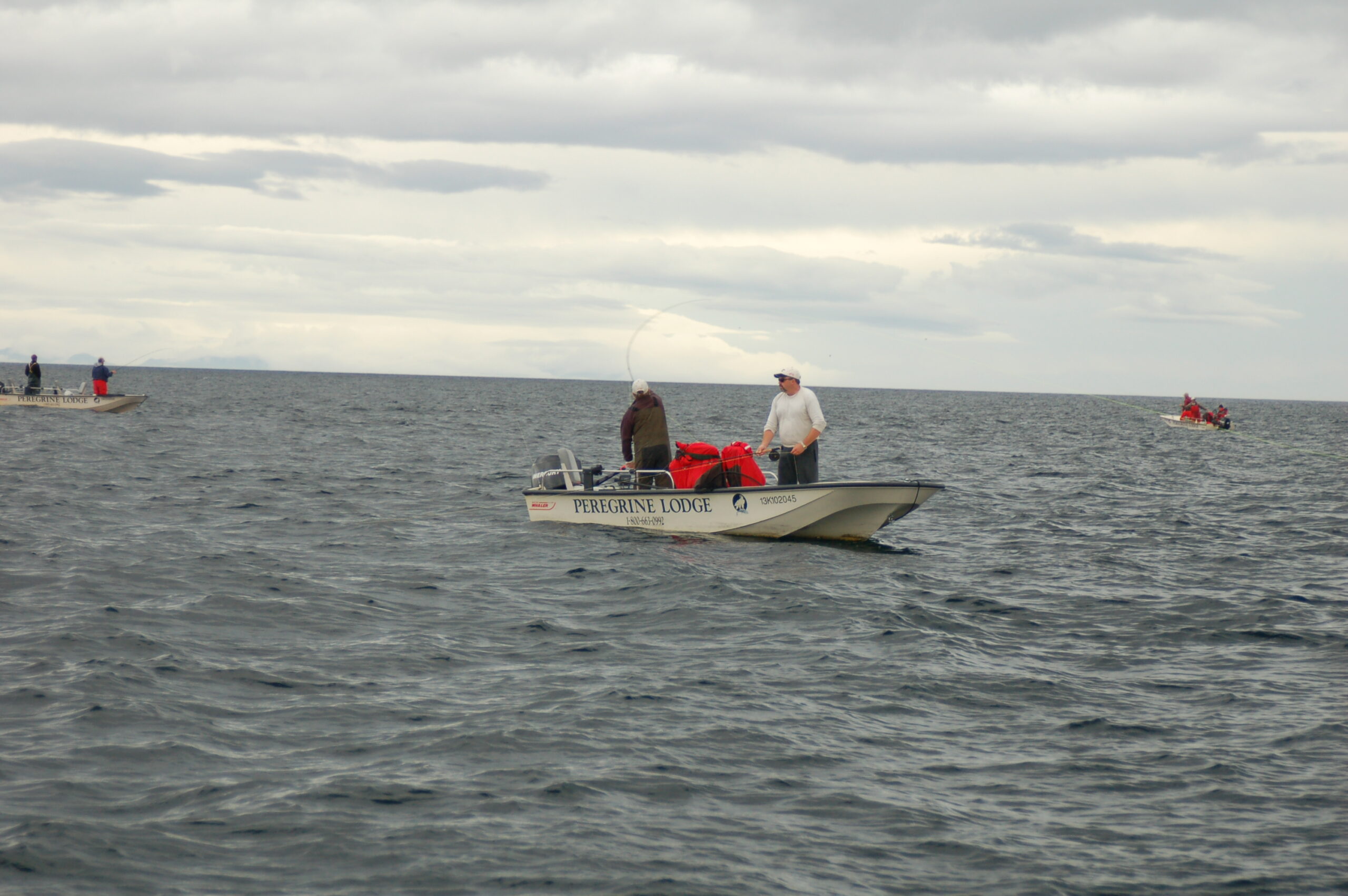
If you ever have the opportunity to pursue coho in the open ocean jump on it right away as this fishery is very exciting and fun to grow with.
Tom Johannesen
Tom Johannesen grew up fishing but at the age of 23 he had his first article published in a British Columbia Federation of Fly Fishers (BCFFF) newsletter and something changed.
Since that first article, Tom has been on a mission to master his craft and to share what he has learned with others. With over 200 articles published in magazines like BC Sport Fishing, BC Outdoors, Outdoor Edge, Canadian Fly Fisher, Home Waters, Reel Angler, Western Angler and Island Fisherman, it’s clear that it’s a mission he takes seriously. He also regularly hosts seminars and tutorials at fly clubs and shops in the hopes of lighting that spark in the next generation.


